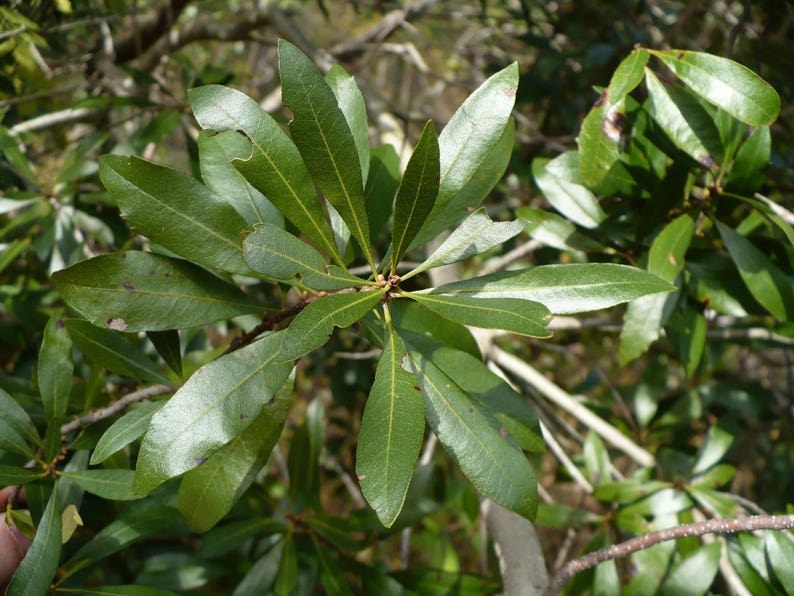
This shrub has drought, erosion, high winds, salt spray, poor soils, and wet site tolerance.

It is adaptable and tolerates different soil conditions.
#Bayberry wax myrtle full
The northern bayberry prefers to grow in full sun, and moist, peat, or sandy, acidic soils.
.jpg)
The specific epithet, pensylvanica, means "of Pennsylvania." It is a member of the Myricaceae family. The genus, Myrica, originates from the Greek name myrike for tamarisk. Another coastal bayberry, Myrica heterophylla, is very similar but has smaller fruits and is found from New Jersey to Louisiana. Further north this shrub is found inland in Ontario. It is usually found in colonies or thickets bordering woods In North Carolina this shrub is restricted to the coastal sand dunes in Dare and Currituck Counties. This shrub is native to North America and is found in eastern Canada and the eastern United States from Newfoundland to North Carolina. The drupes have a scented waxy coating that is used to make candles, soap, and sealing wax. The female flowers, if pollinated, produce a small grayish-white drupe in late summer that persists until April. The flowers are yellowish-green catkins that are found on separate male and female plants and are not particularly showy. The undersides of the leaves have yellow resin glands. It may also be semi-evergreen in warm southern winter climates The leaves are grayish-green to dark green, leathery, and glossy, and when crushed they are very aromatic.

The northern bayberry is a dense, rounded, deciduous shrub that grows 6 to 8 feet tall. Phonetic Spelling mi-RI-ka pen-sil-VAH-ni-ka Description


 0 kommentar(er)
0 kommentar(er)
